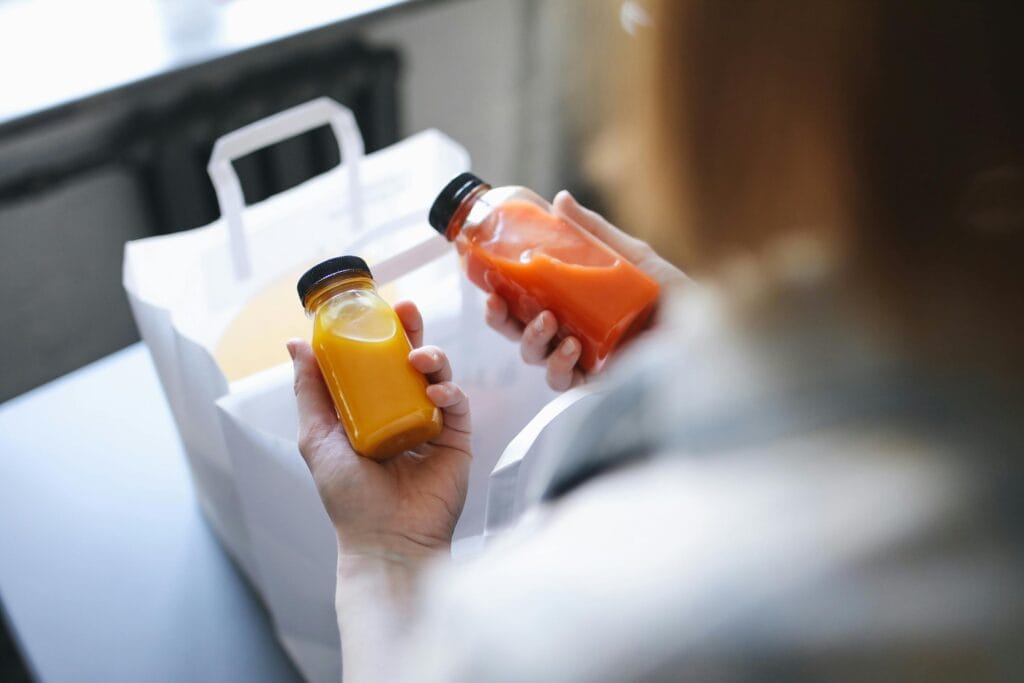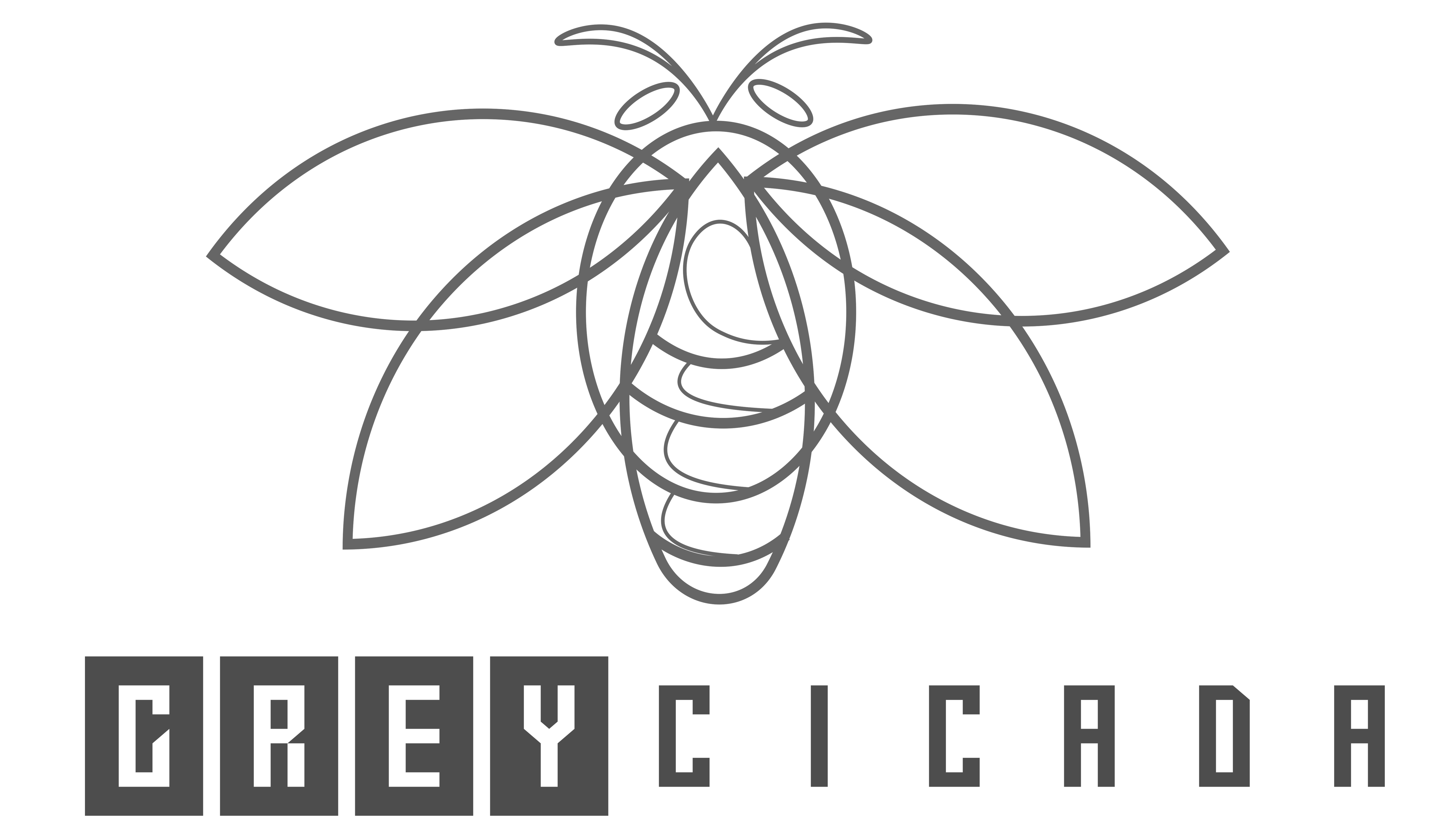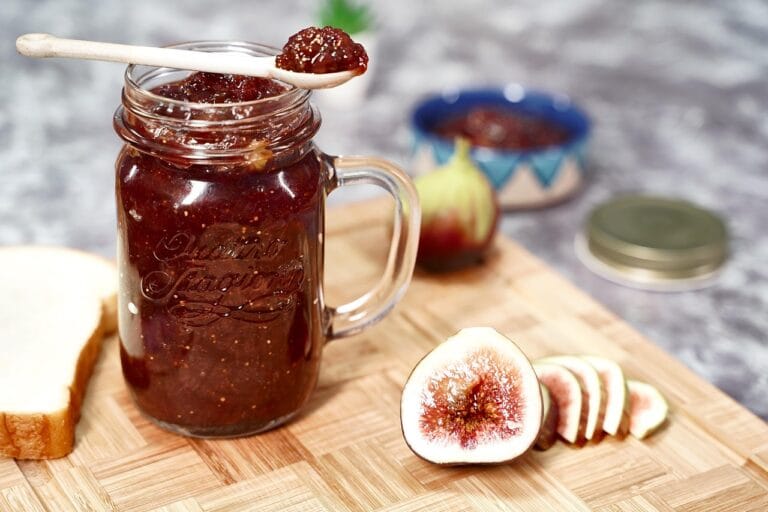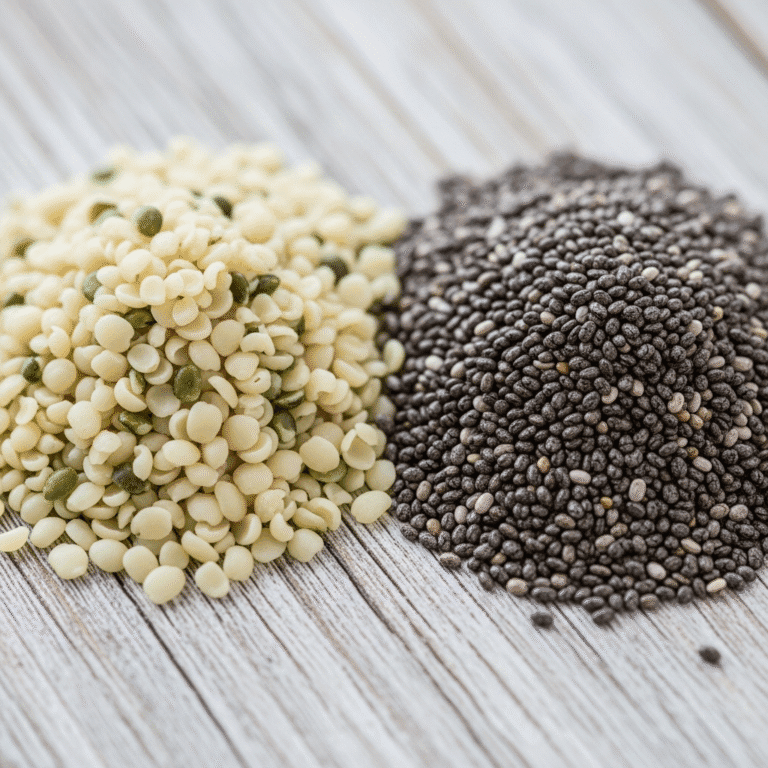FREE SHIPPING OVER $50
The ‘Healthy’ Food Nutritionists Regret Recommending—It’s Worse Than a Drive-Thru Burger

In the quest for better health and a leaner body, we are constantly bombarded with messages about “clean eating” and the magic of superfoods. We swap soda for juice, skip the burger for a salad, and trade in our morning coffee for what we think is a liquid powerhouse of vitamins and minerals. We buy into the convenience of grabbing something fast that looks vibrant, green, and wholesome.
But what if the very habit you adopted to be healthier is actually the thing quietly destroying your diet? What if that colorful bottle you clutch on your commute, the one marketed with images of fresh fruit and wellness, is actually a nutrition trap?
The truth is, many nutrition professionals are now sounding the alarm about one specific product they once cautiously endorsed. Due to aggressive marketing, misleading labels, and manufacturing changes, this item has become a hidden source of massive sugar and calorie overload.
The Bottled Smoothie Deception: Where Health Goes Wrong
The initial concept of a smoothie—blended whole fruits, vegetables, and fiber—is inherently sound. A homemade smoothie prepared with careful ingredients (like spinach, a small amount of berries, and protein powder) is a fantastic dietary tool.
The problem arises when that concept is industrialized, bottled, and sold for convenience. Manufacturers, focused on flavor, shelf-stability, and cost, replace the genuine goodness with a shocking combination of highly processed components.
1. The Sugar Shockwave (The Hidden Calorie Bomb)
This is the most critical issue. Most commercial bottled smoothies are absolutely loaded with sugar, often exceeding the total sugar content of several servings of ice cream or a can of soda.
The sugar in these beverages comes from three primary sources:
- Fruit Juices and Concentrates: To create the bulk and intense flavor, manufacturers use large amounts of concentrated fruit juice (like apple, pear, or grape), which strips the fruit of its natural fiber, leaving behind concentrated liquid fructose. This is sugar without the natural buffer.
- Fruit Purees: While slightly better than juice, purees are still easy to over-consume. By blending fruit, you physically break down the cell walls, transforming the sugar from being “trapped” within the fiber to being “free sugar,” ready for rapid absorption.
- Added Sugars: Many brands further sweeten their product with cane sugar, honey, agave, or other syrups to appeal to the sweet tooth of the mass market.
The Comparison That Counts: A large, popular brand’s “Immunity” or “Green” bottled smoothie can easily clock in at 50 to 70 grams of sugar. For reference, a medium-sized classic cheeseburger from a major fast-food chain often contains less than 10 grams of sugar. When comparing the glycemic load and immediate blood sugar spike, the smoothie is the clear, and shocking, loser.
2. Zero Satiety, Rapid Absorption
The reason you drink a smoothie is crucial. If it’s a meal replacement, it needs to satisfy you. Unfortunately, bottled smoothies fail this test spectacularly.
- The Missing Fiber: The heavy reliance on juice concentrates and highly processed purees drastically reduces the amount of fiber compared to eating the whole fruits and vegetables. Fiber is the body’s natural sponge; it slows down the rate at which sugar enters the bloodstream and creates a feeling of fullness (satiety).
- The Liquid Calorie Problem: Research consistently shows that the human body doesn’t register calories consumed in liquid form the same way it registers solid food. You can easily gulp down 300 to 500 calories of a smoothie in two minutes, but you won’t feel nearly as full as you would after chewing a 300-calorie handful of nuts and an apple. The result? You’re hungry again within an hour, leading to extra snacking and inevitable weight gain.
3. The Calorie Density of a Meal
Because they often contain huge amounts of high-sugar fruit, little fiber, and sometimes added oils or dairy (like yogurt or milk, which adds more sugar and saturated fat), bottled smoothies often cross the threshold from snack to a high-calorie meal—without the nutritional balance.
A single 15.2-ounce bottle can easily contain 350 to 500 calories. If you grab one of these as a beverage with a regular lunch, you’ve just added a massive, nutrient-poor energy boost to your day. That’s often more total calories than a basic fast-food burger, and those burger calories, while high in fat and sodium, at least come with substantial protein and fat, which actually do promote satiety.
Decoding the Label: 3 Ingredients to Watch Out For
To reclaim your nutrition and ensure your grab-and-go choices are truly beneficial, you must become a savvy label reader. Stop looking at the front of the bottle—the part with the picture of sun-drenched berries—and flip it over.
1. Fruit Juice Concentrate or Fruit Puree Concentrate
If this is one of the first three ingredients, put the bottle down. These are the primary sources of the rapid, spiking sugars and indicate that the product prioritizes sweetness over whole food integrity. Remember, when the water is removed, all you have left is the concentrated sugar. Whole foods should always take precedence over concentrates.
2. High-Fructose Corn Syrup (HFCS) or Any Form of Syrup
While some “natural” brands avoid HFCS, they often substitute it with other added caloric sweeteners like maple syrup, agave, or honey. Although these alternatives sound healthier, your body processes them as added sugar just the same. A truly healthy smoothie requires minimal, if any, added sweetener. If you see sugar, fructose, glucose, dextrose, or sucrose high up on the ingredient list, you are buying a liquid candy bar.
3. “Skim Milk,” “Non-Fat Yogurt,” or Vegetable Oil
These additions are often used to change the texture or fat content. While milk and yogurt add protein, the non-fat versions often contain more added sugars to compensate for the flavor loss. Furthermore, some less reputable brands use cheap, low-quality vegetable oils to bulk up the texture, adding unnecessary processed fats without the nutritional benefits of healthy sources like chia or flax seeds. A genuinely high-quality smoothie should derive its fat and creaminess from whole ingredients like avocado, nuts, or seeds.
The Path Forward: How to Re-Engineer Your Grab-and-Go Nutrition
Nutritionists aren’t advocating for an end to all smoothies; they are urging consumers to reject the industrialized, sugar-laden version and embrace the homemade (or carefully vetted) kind. The goal remains: get more fiber, vitamins, and minerals without the massive glycemic spike.
1. Prioritize Whole Foods Over Liquid Calories
If you need a quick burst of energy and nutrition, a simple whole food snack is always superior to a sugary bottled smoothie.
- Swap for Satisfaction: Instead of a 400-calorie smoothie, choose a Greek yogurt with a handful of berries, an apple with two tablespoons of peanut butter, or a handful of nuts. These snacks provide necessary fiber and protein, which help manage hunger and stabilize blood sugar.
2. The DIY Smoothie Revolution
If you love the convenience of a blender drink, control the ingredients yourself. This is the only way to guarantee a low-sugar, high-fiber, high-protein powerhouse.
- The Foundation: Start with a liquid base of water, unsweetened almond milk, or brewed green tea.
- The Fiber & Greens: Load up on spinach, kale, or cucumber. You won’t taste it, but the fiber content is huge.
- The Fat & Protein: Add healthy fats (chia seeds, flax seeds, or a small scoop of nut butter) and protein (protein powder is highly recommended for satiety and muscle maintenance).
- The Sweetness: Limit fruit to a single serving—half a banana, a cup of berries, or half an apple. This prevents the smoothie from turning into a sugar bomb.
3. Seek True Transparency
If you must buy pre-bottled, look for brands that prioritize vegetables over fruit and explicitly state “No Added Sugars” and contain less than 15 grams of total sugar per serving. Look for high amounts of dietary fiber (4 grams or more) and substantial protein (at least 15 grams) if you intend for it to be a meal replacement.
Conclusion
By being mindful of the silent sabotage hiding in the smoothie aisle, you take back control of your diet. Don’t let clever marketing convince you that a fruit concentrate packed with sugar is the same as a fresh, nutrient-rich meal. Ditching this nutrition trap is one of the simplest and most effective changes you can make to see real progress in your health and weight management goals.
Related Articles
- 15 Detox Foods That Help Your Liver Flush Microplastics—Backed by Environmental Health Experts
- Men Over 50: Eat These 10 Protein-Packed Foods Daily to Stay Strong, Lean, and Energized
- The Protein Myth: 10 Plant Foods That Build More Muscle Than Meat—Sports Nutritionists Say You’ve Been Lied To
- Feeling Foggy? These 8 Brain-Boosting Foods Could Sharpen Your Mind—Dietitians Approve
- 15 Ancient Spices That Fight Aging—Science Finally Confirms What Our Grandparents Knew



